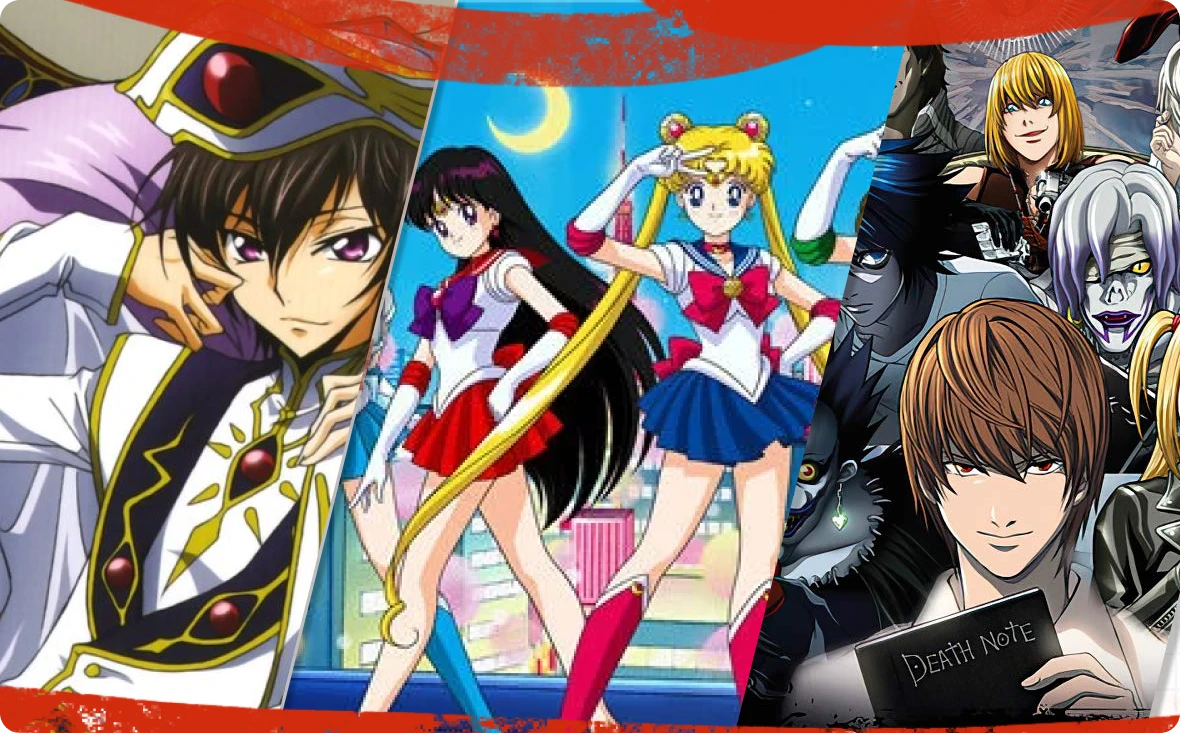The Legacy of Classic Anime Series and Films
Classic anime series and films have profoundly impacted the global entertainment landscape, serving as the foundation for the widespread popularity of anime today. Titles like “Astro Boy,” “Akira,” “Dragon Ball,” and “Sailor Moon” were among the first to introduce Western audiences to the unique style and storytelling of Japanese animation. These early works helped establish anime as a legitimate and respected form of entertainment, capable of transcending cultural boundaries and appealing to diverse audiences worldwide.

Shaping Storytelling in Animation
Classic anime series and films have redefined the way stories are told in animation. They introduced complex narratives, deep character development, and themes that challenge viewers to think critically about society, morality, and the human condition. For example, “Neon Genesis Evangelion” explores psychological trauma and existential philosophy, while “Akira” tackles themes of power, corruption, and post-apocalyptic survival. These narratives differ significantly from traditional Western animation, which often focuses on humor and simpler storylines, thus elevating anime to an art form that can cater to mature audiences.
Iconic Art Styles and Visual Innovation
The visual innovation of classic anime has had a lasting influence on animation worldwide. The distinctive art style characterized by expressive characters, dynamic action sequences, and imaginative world-building has set anime apart from other forms of animation. Films like “Ghost in the Shell” and “Nausicaä of the Valley of the Wind” feature groundbreaking animation techniques and stunning visuals that continue to inspire modern animators and filmmakers. The unique aesthetic of classic anime, with its attention to detail and emphasis on atmosphere, has created a visual language that is instantly recognizable and highly influential.
Cultural Impact and Popularity Boom
Classic anime series and films have played a crucial role in shaping popular culture, both in Japan and globally. Shows like “Pokémon” and “Dragon Ball Z” not only became cultural phenomena in their own right but also paved the way for anime to become mainstream. These series sparked a surge in anime’s popularity in the West during the late 1990s and early 2000s, leading to the creation of dedicated fan communities, conventions, and merchandise. The cultural impact of these classics can still be felt today, as they continue to be referenced in music, fashion, and art.
Influencing Western Media
The influence of classic anime extends beyond its own medium, impacting Western television, film, and graphic novels. Movies like “The Matrix” and series like “Stranger Things” borrow heavily from anime in terms of visual style, narrative structure, and thematic depth. The success of classic anime has shown Western creators that animated content can be a powerful medium for storytelling, prompting a shift towards more mature and sophisticated themes in Western animation and media. This cross-cultural exchange has led to a more diverse and enriched global entertainment landscape.
The Evolution of Genre Conventions
Classic anime has been instrumental in evolving genre conventions, often blending elements from multiple genres to create unique storytelling experiences. “Cowboy Bebop,” for example, mixes science fiction, noir, and western elements, while “Sailor Moon” popularizes the magical girl genre with its combination of action, romance, and coming-of-age themes. This genre-blending approach has opened the door for more experimental and innovative storytelling in anime, influencing subsequent generations of creators to push the boundaries of traditional genres.
Enduring Influence on Modern Anime
The legacy of classic anime is evident in the works of contemporary anime creators who often cite these foundational series and films as major influences. Modern anime like “Attack on Titan,” “My Hero Academia,” and “Demon Slayer” build upon the themes, art styles, and storytelling techniques established by classic anime. These newer series continue to carry the torch of their predecessors, attracting both new fans and long-time enthusiasts who appreciate the depth and artistry of anime.
Preservation and Remastering of Classics
The continued interest in classic anime has led to efforts to preserve and remaster these works for future generations. Studios and distributors are investing in high-definition remasters and re-releases of iconic series and films, such as “Akira” and “Cowboy Bebop,” ensuring that they remain accessible to both old and new audiences. This preservation effort highlights the timeless quality of these classics and their continued relevance in today’s media landscape.
Conclusion
The legacy of classic anime series and films is a testament to their enduring impact on storytelling, visual art, and global culture. By pioneering new ways of narrative expression, pushing the boundaries of animation, and influencing a generation of creators worldwide, these iconic works have left an indelible mark on the entertainment industry. As they continue to inspire and captivate audiences, the legacy of classic anime will only grow stronger, ensuring its place as a cornerstone of modern pop culture.



